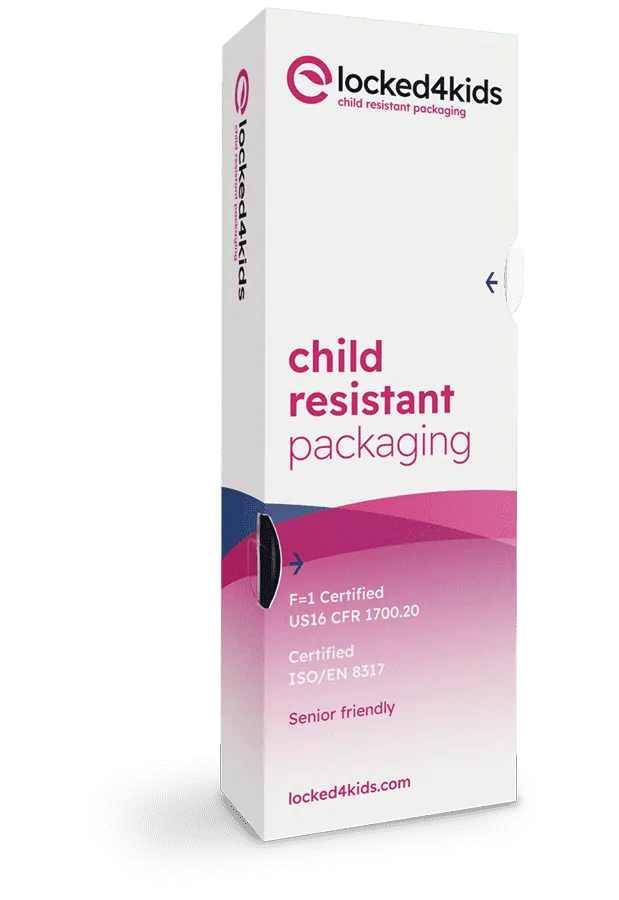Suikerrietplastic, een innovatief materiaal dat is afgeleid van de hernieuwbare grondstof suikerriet, staat aan de top van duurzame verpakkingsoplossingen. Maar wat is het precies? Wat zijn de voordelen en wat zijn de overwegingen?
Wat is suikerrietplastic?
Sugarcane plastic is created from ethanol extracted from sugarcane, a significant shift from traditional petroleum-based plastics. This bio-based material is formed by converting sugarcane ethanol into ethylene, which is then polymerized into polyethylene. The result is a plastic that mirrors the characteristics of conventional polyethylene, ensuring full recyclability and maintaining industry standards for plastic products.
Is sugarcane plastic biodegradable?
While sugarcane plastic is not biodegradable. Its environmental benefit lies in its renewable origin and recyclability. If biodegradability is a priority, other materials, such as polylactic acid (PLA)or starch-based plastics, might be more suitable. However, these alternatives may require industrial composting facilities to break down effectively.
How to make bioplastic from sugarcane
The journey of creating sugarcane bioplastic involves multiple steps:
- Cultivation: Sugarcane is harvested and processed to extract sugar. The leftover molasses, a byproduct, is used to produce ethanol.
- Ethanol extraction: Fermentation of sugarcane juice or molasses produces ethanol, which serves as a bio-based feedstock.
- Conversion to ethylene: The ethanol is chemically converted into ethylene through dehydration.
- Polymerization: The ethylene is polymerized into polyethylene, creating a bio-based plastic that functions just like its petroleum-based counterpart.
This process highlights the dual utility of sugarcane as both a source of ethanol for plastic production and a carbon-absorbing crop during its growth cycle.
What are the byproducts of sugarcane?
Sugarcane is a versatile crop that generates multiple byproducts during its processing:
- Molasses: A thick syrup used for ethanol production or as an ingredient in food and beverages.
- Bagasse: The fibrous residue left after juice extraction, often used as a bioenergy source or in paper and packaging production.
- Press mud: A byproduct from the filtration process, frequently used as organic fertilizer.
- Ethanol: As the primary feedstock for sugarcane plastic, ethanol is a critical byproduct derived from molasses or sugarcane juice.
These byproducts are great examples of a zero-waste production model.
Voordelen van suikerrietplastic
- Duurzaamheid voor het milieu: Suikerriet absorbeert CO2 tijdens de groei, waardoor het resulterende plastic een kleinere koolstofvoetafdruk heeft. Deze eigenschap positioneert suikerrietplastic als een potentieel koolstofneutraal materiaal, in tegenstelling tot de koolstofintensieve productie van traditionele plastics.
- Renewability: Utilizing sugarcane, a renewable resource, lessens reliance on finite fossil fuels, aligning with global sustainability goals.
- Recyclability: Matching the physical properties of conventional plastics, sugar cane plastic can enter existing recycling streams seamlessly.
- Reduced agricultural waste: By utilizing byproducts like bagasse and molasses, sugarcane plastic production supports resource efficiency,
Overwegingen en uitdagingen
Ondanks de voordelen van suikerrietplastic zijn er overwegingen die moeten worden gemaakt om het potentieel ervan volledig te benutten:
- Agricultural impact: Increased demand for sugarcane could strain land and water resources and potentially displace food crops.
- Processing energy: While it reduces carbon emissions over its lifecycle, the energy required for processing must ideally come from renewable sources.
- Market integration: Integrating sugar cane plastic into the global supply chain poses challenges, including scaling production to meet demand and ensuring compatibility with existing recycling facilities and standards.
Kunststof van suikerriet biedt een veelbelovende weg naar duurzamere verpakkingsoplossingen, omdat het hernieuwbaar is, minder koolstof kan uitstoten en recyclebaar is. Een bredere toepassing vereist echter een zorgvuldige afweging van de impact op de landbouw, het energieverbruik bij de productie en de integratie in de toeleveringsketen. Benieuwd naar andere recente verpakkingsinnovaties? Ontdek ze in dit artikel!
Vraag nu een gratis sample aan!






.webp)




